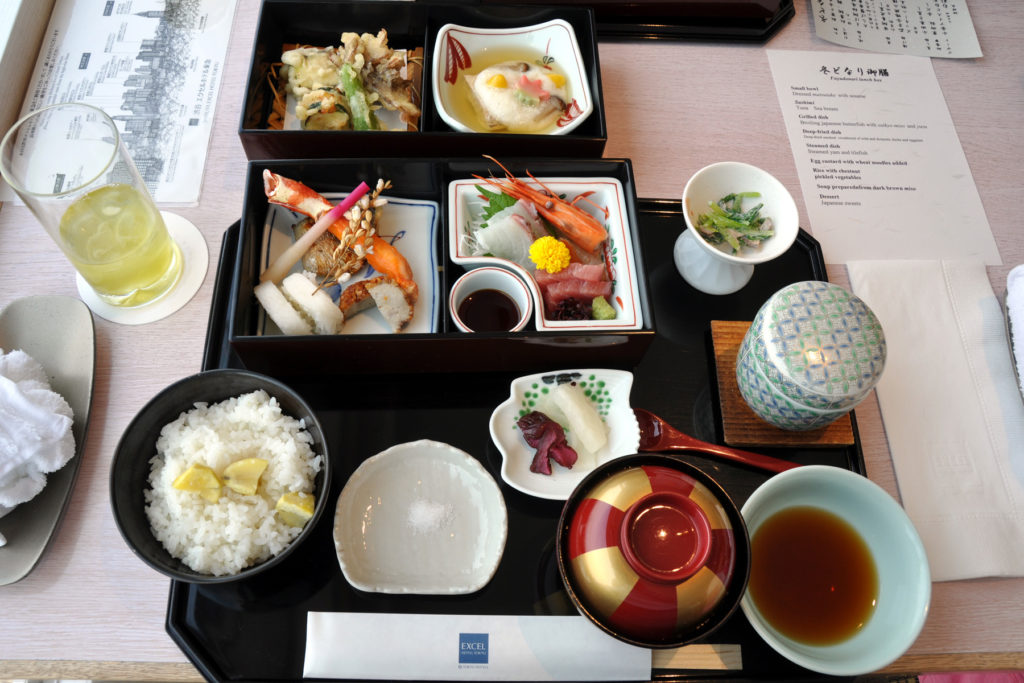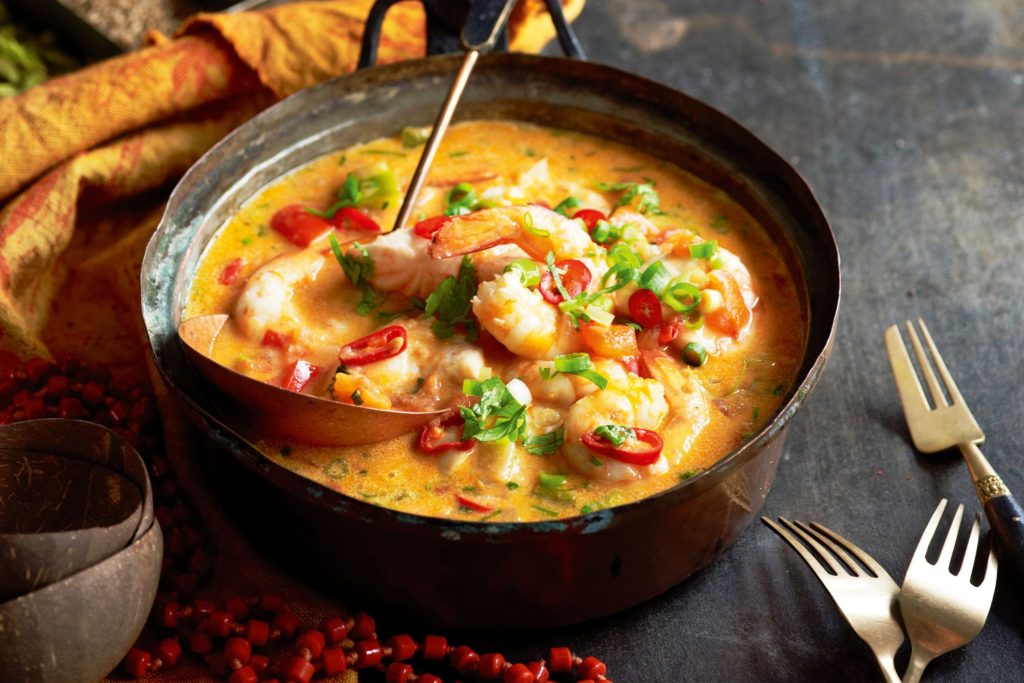The following article on food etiquette around the world was written by Alisa Abrasaldo from Trip101.
For all the variations between cultures which today differentiate one culture from the next, from clothing to ethnicity to currency to inclination toward a way of life, a staple of each and every heritage remains the sharing of a meal. As a result, to share a meal with a member of another culture is to effectively bridge the distance between yourself and them, between your culture and their own. However, the sharing of a meal between individuals or between families of different cultures is not without its intricacies. The figurative blending of cultures which takes place at the setting of any dinner table shared between heritages allows for unique questions, given that each culture is formed by individual practices when it comes to meal time. As a result, to allow for a sharing of culture, proper meal etiquette is to be observed when dining abroad. Read on to discover common practices when dining with local families across the world!

Their Table, Their Culture
First and foremost, whenever you find yourself dining as a guest, understand that you’re silently adhering to the etiquette of your host. As a guest, it is never the time to impose your own dining practices, no matter how unorthodox others’ might seem. Dining as a guest allows you the opportunity to observe and to appreciate food etiquette that exists most likely as different than your own; it is the time to perhaps comment upon your appreciation for novel dining practice, but never the time to pronounce the etiquette of your own culture as superior in any way. So long as you find yourself eating at another’s table, you are to respect their etiquette. That said, don’t allow the unfamiliarity of foreign doing etiquette to intimidate you. In practice, it’s as simple as a few rudimentary steps! Check out many dining etiquette variations from around the world, below!
Slurp your Food – Japanese Etiquette
You read that correctly. For as much as you’ve been instructed not to slurp your food, the practice is actually a symbol of respect in Japan. Slurping one’s food is a clear demonstration of appreciation toward the chef, especially when consuming soups or noodles. It is also advised that you never cross your chopsticks, but rather to place them on the “hashioki,” the chopstick stand, when not in use.
As the guest at a Japanese meal, you have a large role to play! You begin the meal with a gesture of gratitude, typically an “itadakimasu,” which means “I gratefully receive.” Once everyone has received a drink, a “kanpai,” a drinking salute, is given, after which time guests are free to drink. True to form, most Japanese meals take place at a low table, where guests are seated on cushions.
Use Your Hands – Mexican Etiquette
If you’re dining in Mexico, it’s time to put down the utensils, and pick up the food! In Mexican culture, the practice of employing utensils to eat the majority of the foods is considered almost a rude practice. However, given the fact that the majority of Mexican foods are constructed for direct consumption, this shouldn’t prove much of a burden. If anything, it’s a freeing practice!
Mexican dining etiquette calls for uncut lettuce in a salad, instead of folded into a bundle. Take note of the fact that at official dining settings, where foods of increased quality are served, utensils are often present. If utensils are present at the table, ensure that your fork remains always in the left hand, and the knife in the right. The guest of honor is typically seated at the head of the table, and your hands are expected to remain above the table at all times. Dining is not to begin until signaled by the host of the meal.
Using your hands is also super common in Sri Lanka & India!
Never Use Your Hands – Chinese Etiquette
Forget everything you learned about Mexican meal etiquette; when you travel to China, ensure that you keep your utensils always in-hand! Consuming Chinese dumplings by hand is almost as much an indignation in China as it is in Mexico to consume a burrito with an utensil. When greeting fellow dinner participants, you may be greeted with either a handshake or with a traditional bow. Respond in kind. You’re in luck if you’re invited to a Chinese meal; twelve-course banquets are typical of the culture!
You’ll likely notice three glasses at your place setting. The largest holds either beer, soda, or water, the next largest for wine, and the smallest for shots. It is the shot glass which is used for toasts. In Chinese culture, it is considered rude to drink alone; make sure you either raise a toast a fellow dinner guest or had one raised in your name before you drink. Also, Chinese etiquette calls for leaving a portion of your food on your plate, in honor of the host. The host of the meal signals the meal’s beginning by consuming a portion of the food on his or her plate, before guests are invited to join in. Belching is acceptable! The practice demonstrates appreciation to the host for a quality meal.
Given that guests are rarely invited to partake in a traditional Chinese meal alongside the family, treat the invitation with importance. Arrive on time, or slightly early, to show respect.
Put Food in Someone Else’s Mouth – Ethiopian Etiquette
Welcome to Ethiopian cuisine, where etiquette stipulates that the gursha, the practice where someone places food into your mouth as a sign of respect, is completely acceptable. Furthermore, guests should remember that the left hand is considered unclean, so the majority of food will be consumed with the right.
Often, the sole utensil present at the table is the injera, which is actually a type of bread considered a national staple. When you cannot an item of food, typically served in large bowls, using the bread, etiquette allows for you to plunge your hands right in! Ethiopian cuisine heavily emphasizes the communal aspect of dining, so be prepared for scooping, dipping, and dripping at the table!


Injera Bread – Original image found on the food network: http://bit.ly/2Bu4GZX
Stop Licking Your Fingers – Thai Etiquette
And while we’re on the subject, don’t use your fork either. Rather, employ your fork only to load food onto your spoon, and then allow your spoon to deliver the food to your waiting mouth. When you enter someone’s home, be sure to remove your shoes, a sign of respect. When you finish all of the food on your plate, you are signaling to the host that you are still hungry. Therefore, when you are comfortably full, feel free to leave a portion of food on your plate. This will signal to the host that you have concluded your meal.
Your host will seat his or her guests according to a deliberate social hierarchy, so it is best to wait until you are introduced and shown a seat.


Come Prepared
Your best bet, when practicing etiquette common to foreign meal practice, is to possess a rudimentary understanding of the culture before you participate. Understanding etiquette before the meal occurs will not only save you from potential mealtime embarrassment; it will allow you to further appreciate the differences between their culture and your own!
If you have other awesome comments or advise regarding food etiquette around the world don’t hesitate to comment below!
Until Next Time,
The Alternative Ways







